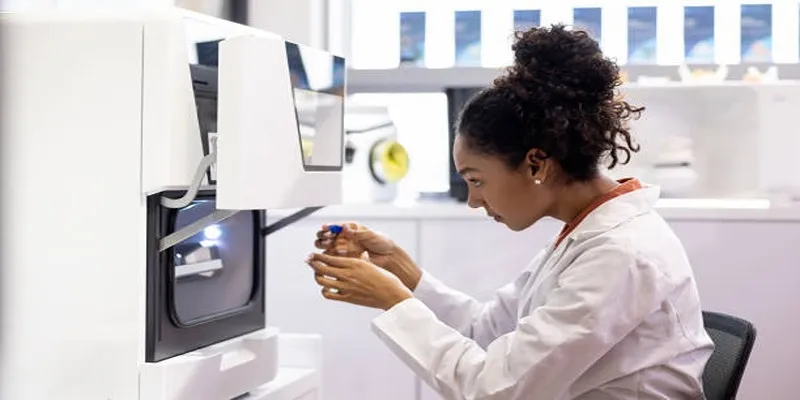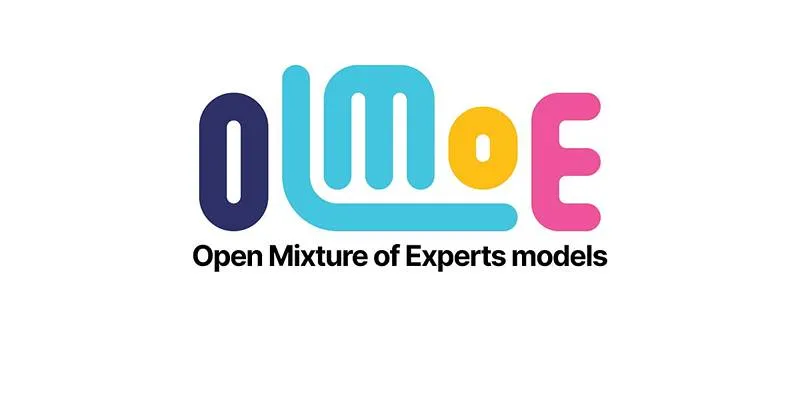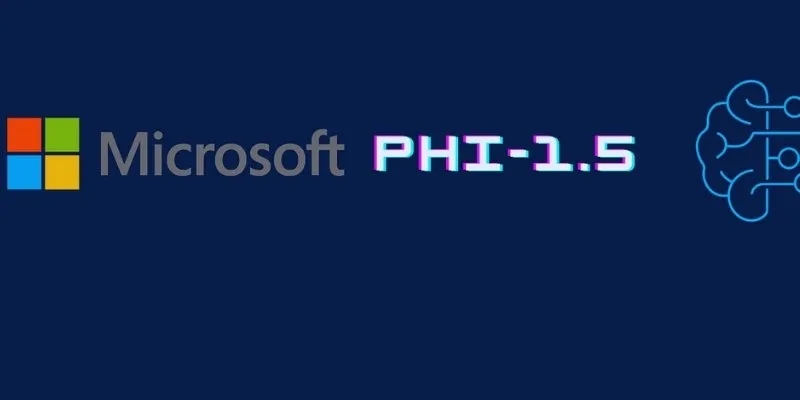Treating cancer effectively is often a lengthy and challenging process. It involves analyzing a vast amount of medical images, patient records, and genetic information. Artificial intelligence (AI) is now expediting this process, and DINOv2 is emerging as a leading tool in this advancement.
DINOv2 is not a medical device per se. It’s an AI model designed to enhance the learning capabilities of other systems. In the realm of medical imaging, particularly cancer research, DINOv2 is simplifying the identification of patterns, disease comprehension, and the development of treatments.
What Is DINOv2?
Developed by Meta, the parent company of Facebook, DINOv2 is a sophisticated computer vision model. The name stands for Self-distillation with No Labels. Its uniqueness lies in its ability to learn without labeled data, identifying trends by simply analyzing images.
This approach is known as self-supervised learning. It’s particularly powerful in the medical field because medical data, such as cancer MRIs or CT scans, often lack consistent labels or human annotations. DINOv2 bridges this gap by learning directly from raw data.
Why AI and DINOv2 Matter in Cancer Research
Cancer treatment begins with detection, often involving analyses of biopsies or scans. These images are complex, and even seasoned doctors can overlook minute details.
AI and DINOv2 play a pivotal role here:
- Faster Image Processing: AI can analyze thousands of images in seconds.
- Improved Accuracy: DINOv2 helps detect subtle changes that might be missed.
- Learning Without Labels: It functions even without every image being labeled by doctors.
- Enhancing Early Detection: Early cancer detection leads to better treatment options.
How DINOv2 Aids in Cancer Treatment Discovery
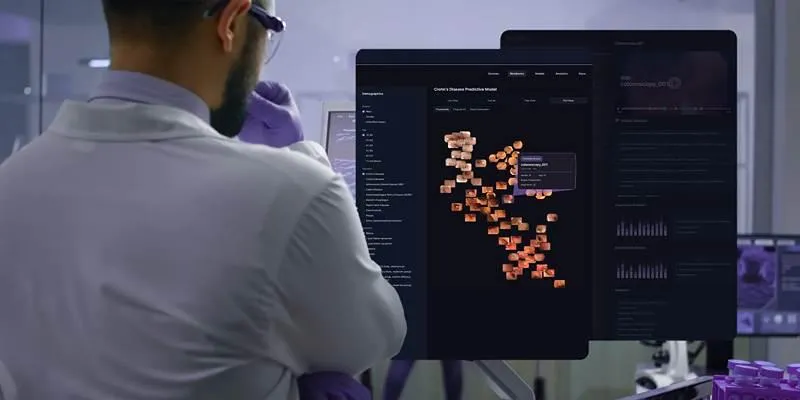
Understanding Complex Medical Images
DINOv2 can identify structures in medical scans that are challenging for the human eye to detect. For instance, it can recognize unusual cell shapes or tumor patterns, assisting doctors in:
- Early cancer detection
- Tumor classification
- Predicting tumor growth patterns
These insights are crucial for selecting appropriate treatments.
Accelerating AI Model Training
DINOv2 creates robust image representations, converting images into data formats that other AI systems can easily interpret. In cancer research, this means:
- Reduced model training time
- Enhanced accuracy with smaller datasets
- Compatibility with various scans and equipment
This speed and adaptability are invaluable for researchers seeking new treatment avenues.
Supporting Drug Discovery
Cancer treatment extends beyond surgery or radiation to include the discovery of new drugs targeting tumors at the molecular level. AI models like DINOv2 can help in:
- Predicting cancer cell responses to specific drugs
- Matching patient profiles with drug responses
- Analyzing tumor evolution during treatment
This capability aids scientists in designing personalized medicine plans.
Key Benefits of Using DINOv2 in Medical AI
DINOv2 offers several advantages in cancer research, making it a valuable tool for accelerating treatment discovery:
- Efficient Learning: DINOv2 can learn from raw data without needing labeled images, reducing dependency on human annotations and accelerating data processing.
- Scalability: Its ability to process vast data quickly makes it scalable, enabling analysis of large datasets from multiple hospitals and labs.
- Cost Reduction: By automating image analysis and reducing human intervention, DINOv2 lowers research and treatment development costs.
- Early Detection: Early tumor detection is pivotal to successful cancer treatment. DINOv2’s capabilities improve timely interventions, enhancing patient outcomes.
Real-World Applications Already in Progress
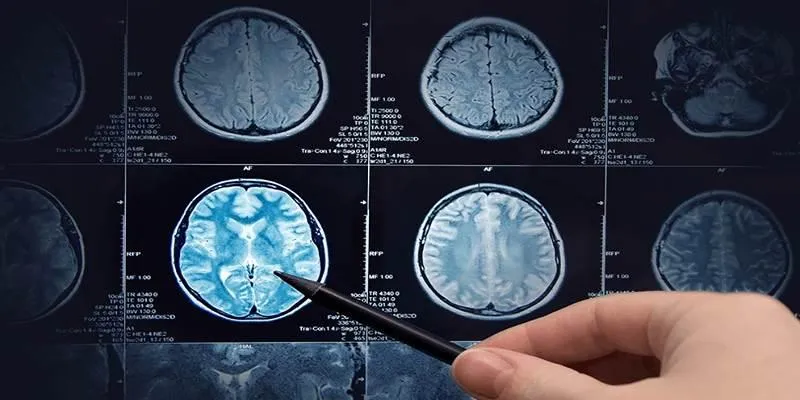
DINOv2 is making a significant impact in cancer research , accelerating treatment discovery:
- Medical Image Analysis: Hospitals and research centers use DINOv2 to analyze CT scans, MRIs, and other imaging data, speeding up diagnosis and treatment planning.
- Tumor Segmentation: DINOv2 aids in segmenting tumors in images, providing precise measurements crucial for surgery planning or radiation therapy dosing.
- Drug Response Prediction: Researchers use DINOv2 to predict drug effects on cancer cells, vital for personalized medicine tailored to a patient’s tumor genetics.
- Genomic Analysis: By integrating medical imaging with genetic data, DINOv2 identifies correlations between tumor genetics and treatment responses, leading to better-targeted therapies.
Challenges and Future Prospects
Despite its promise, DINOv2 faces challenges:
- Data Privacy: Medical images require stringent protection.
- Clinical Approval: AI tools need thorough testing before hospital use.
- Bias and Fairness: AI models must be equitable across diverse patient backgrounds.
- Human-AI Collaboration: Doctors need to trust and comprehend AI decisions.
Nonetheless, the future is promising. With ongoing research and testing, AI tools like DINOv2 could soon become integral to everyday cancer care.
Conclusion
In conclusion, DINOv2 and AI are making significant strides in accelerating cancer treatment discovery by enhancing the speed and accuracy of medical image analysis. By identifying patterns in images and predicting tumor behavior, these technologies enable faster diagnoses and more personalized treatment plans. The integration of AI in cancer research holds the potential to shorten drug discovery timelines, offering hope for more effective therapies. Although challenges remain, the future of AI in oncology is promising.
 zfn9
zfn9
